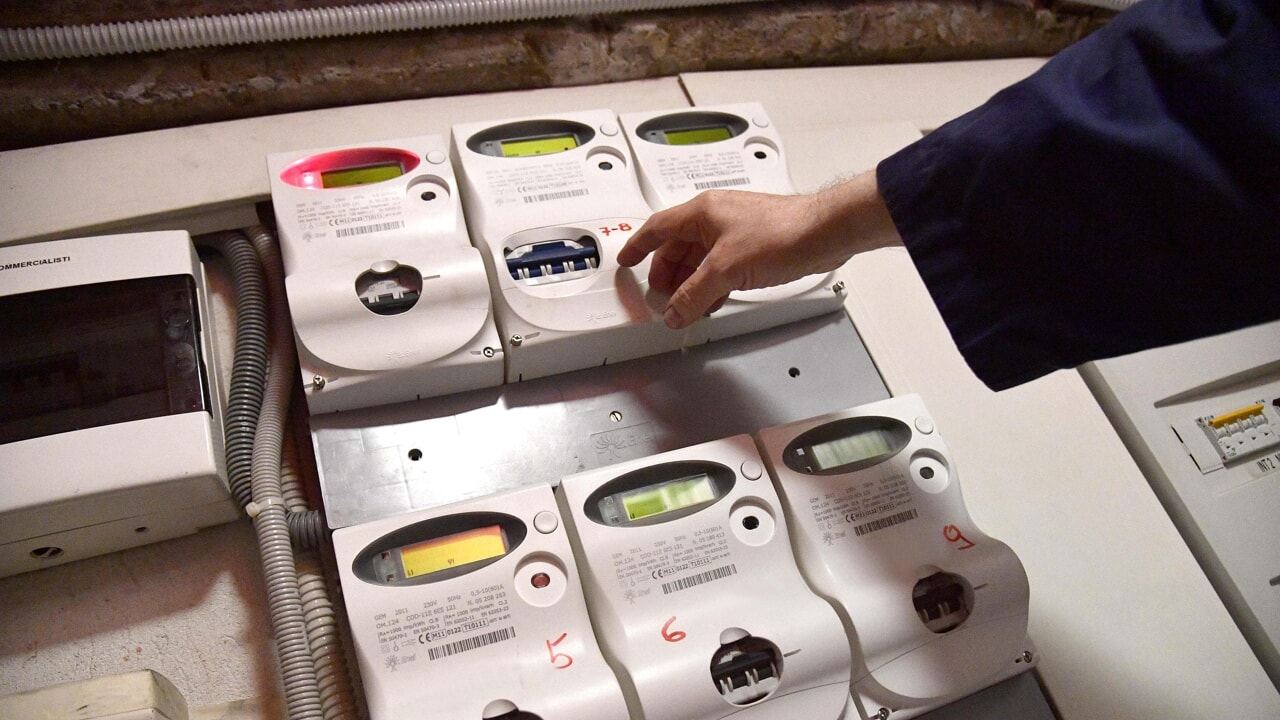While Italians are distracted from the holidays, since the start of the election campaign and the resumption of the football championship, the topic of a possible new rise in the cost of electricity and gas bills has suddenly entered the public debate in recent days. If the cost of energy production from gas in Italy remains at current levels (about 220 euros per megawatt-hour) and Russia’s threats to Europe about the closure of gas pipelines in the fall are real – said the regulator of Energia Reti e Ambiente (Arera) – the cost could reach Billings in October are “skyrocketing” up 100% compared to today.
A troubling scenario for families and businesses already in difficulty, exacerbated by the effects of the decision made by Arera itself in 2018 (which went unnoticed in a period when things were better), on the basis of which, today, we are all users of rivalry, through “nurture Social Uncollectible Fee”, on payment of amounts not covered by “arrears” from all over Italy, or from insolvent families, bankrupt companies and companies trading energy on the free market (up to about 600) in default due to the massive increase in Gas costs for energy production, which peaked at 800%.
Faced with such a scenario, what do you do? The decision to quickly summon the electorate to the polls, immediately after Draghi’s final resignation, was taken by the President of the Republic Sergio Mattarella with the aim of arriving soon at the formation of the government (in 2018 with the current “Rosatelom” it took 89 days of negotiations to reach an M5S-Lega agreement on the name of Giuseppe Conte ) which approves the Finance Act 2023 by December 31 of this year, in order to avoid the exercise of the interim budget of Italy, the methods of public expenditure that, in fact, it is not possible to plan investments or make fundamental changes to the current system of managing accounts.
And the President of the Republic was clear on this: “There can be no pause in the indispensable interventions for Italy,” as he clearly said that he is also thinking about the energy sector, which must find quick solutions to curb the “enormous” bill hikes from during the high prices. Public and private investments needed to propose a viable alternative to producing electricity from gas and coal and to honor the commitments made in the Environmental Transformation Plan (PTE).
In fact, the new “national target to reduce climate-changing emissions” stipulates a reduction to 256 million tons of carbon dioxide equivalent (-72 million compared to the previous target) by 2030, as defined by the “integrated national energy and climate plan” for the years 2021 -2030. Electricity generation should stop using coal by 2025 and come 72% by 2030 from renewable sources, which will have to contribute to meeting national needs by 95-100% by 2050.
A goal that Italy would like to achieve through investments in so far untapped sectors such as offshore wind, but above all through a significant expansion of the energy produced by solar photovoltaic cells, which according to estimates could reach between 200 and 300 gigawatt operators by 2050 (with plants that could theoretically extend between 300,000 and 450,000 hectares on national territory), at least ten times the situation recorded in 2020, when solar panel systems were capable of producing energy for 21.4 gigawatts. The provisional target for 2030, while leaving open the possibility of a contribution derived from gas and energy imports from other countries, to potential technological developments (the DTT project to produce nuclear energy starts from the merger at Enea laboratories in Frascati), it is estimated that it could reach production Energy will reach about 70-75 GW from renewable sources, compared to the efficiency of trichromatic which in 2019 amounted to a total of 55.5 GW. The energy needed also to give tangible answers to the automotive sector – given the ongoing transition to electric traction, which provides the construction of 31,500 ultra-fast charging points for transport in Italy’s Pnrr – and real estate, with more and more buildings inviting to use heat pumps for heating.
The stratospheric numbers just mentioned, with gigawatts equivalent to 1 billion watts of electricity, which, however, is of relative importance to the man on the street, because he’s worried because he’s 100% more you can get between head and neck in October gas and electric bills. 2022.

“Infuriatingly humble alcohol fanatic. Unapologetic beer practitioner. Analyst.”


